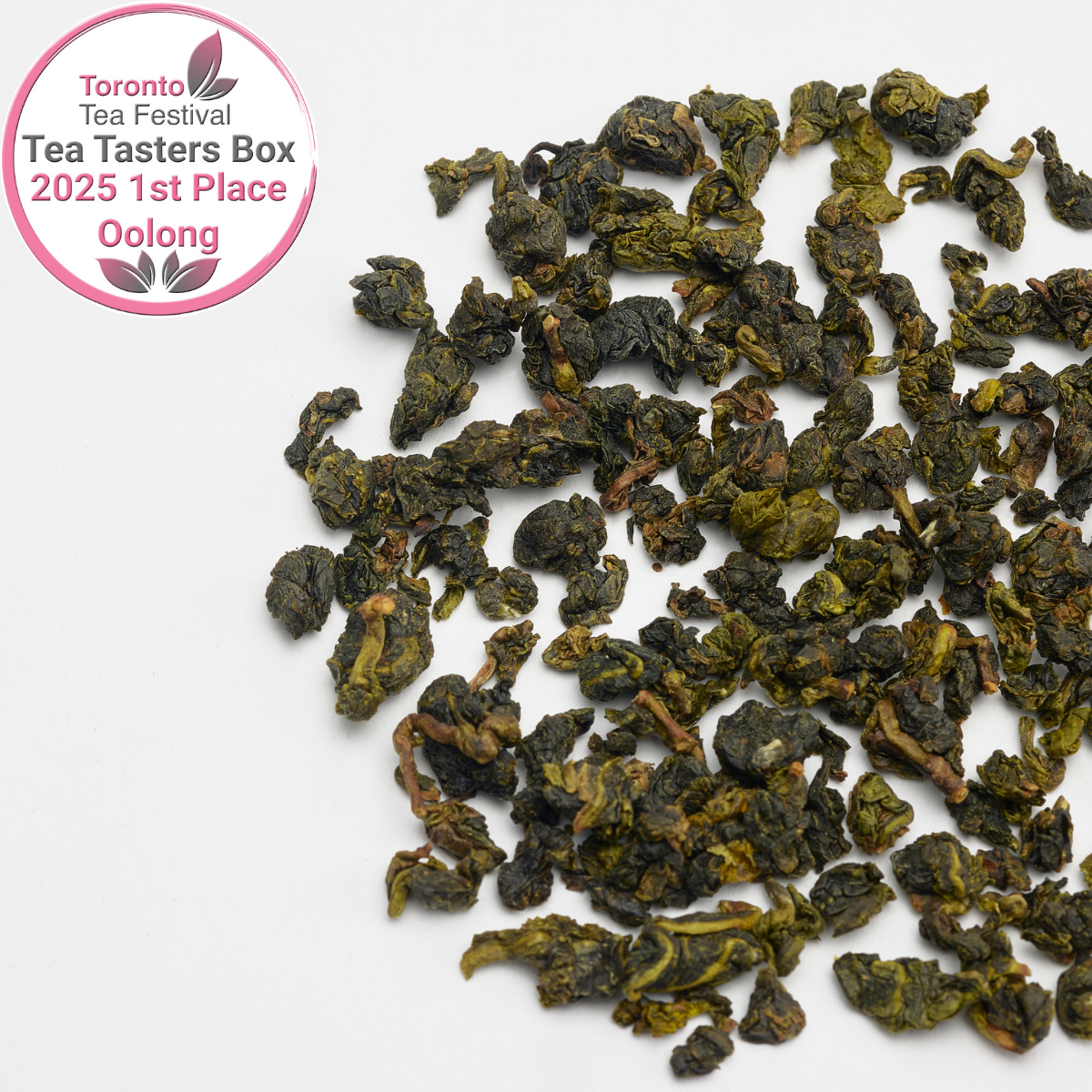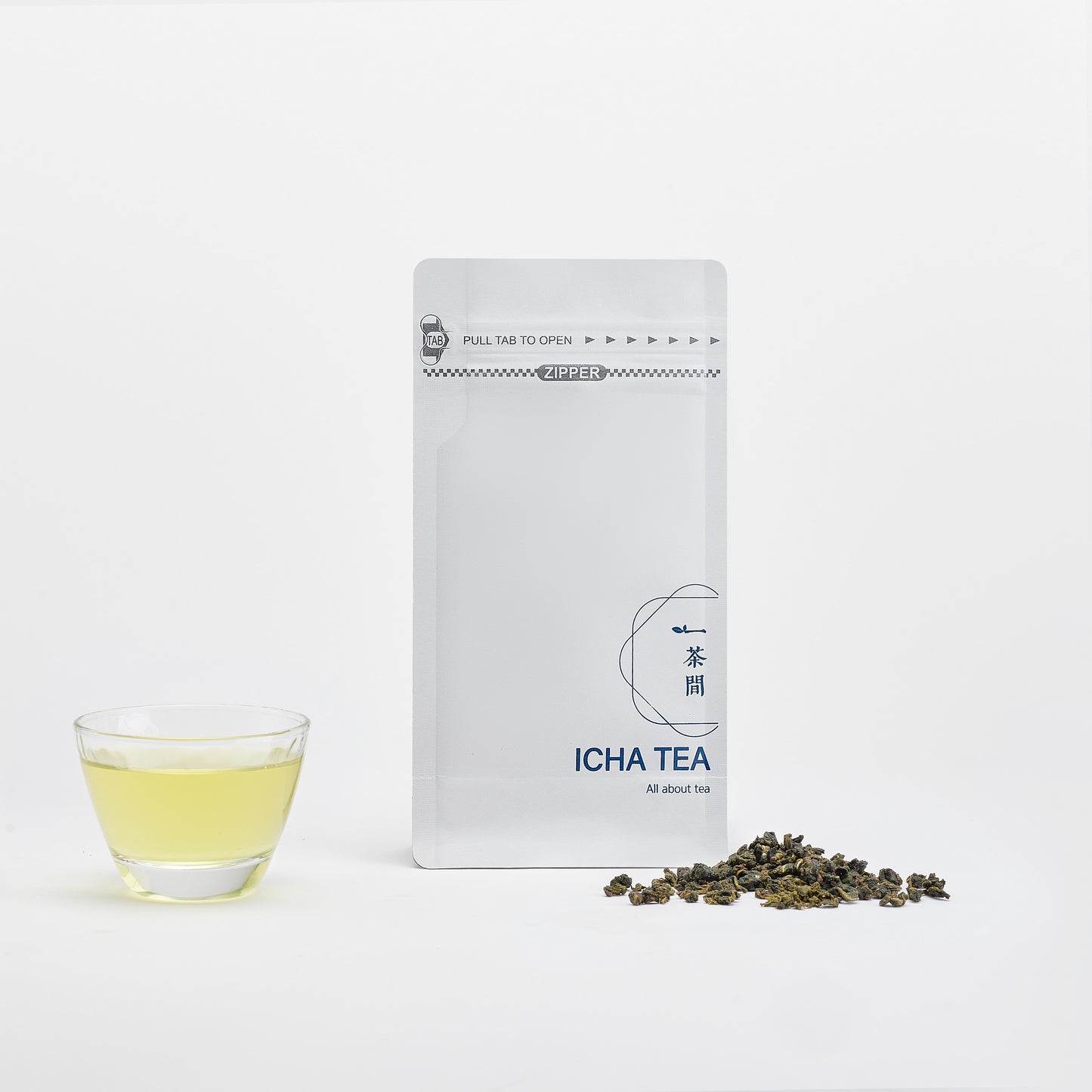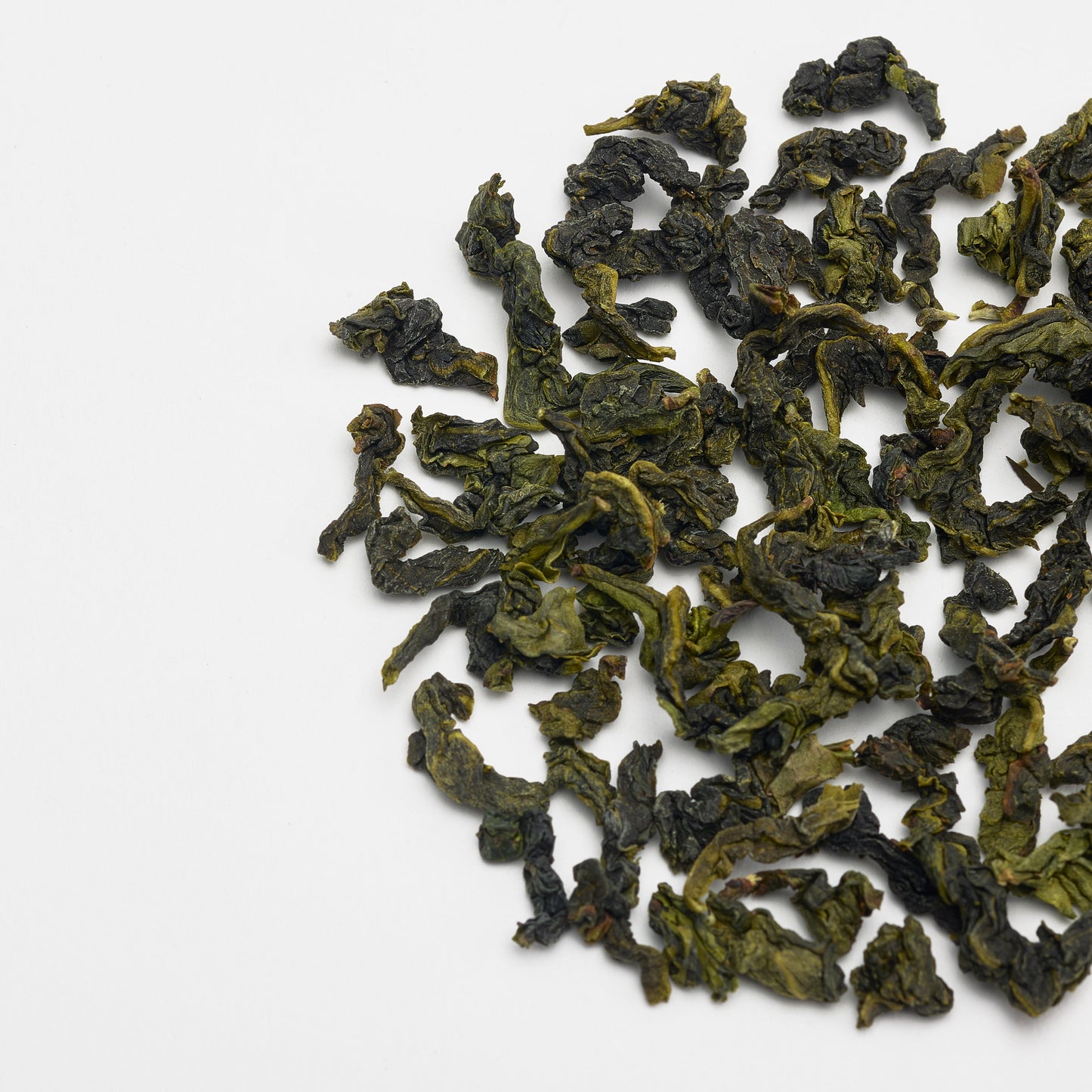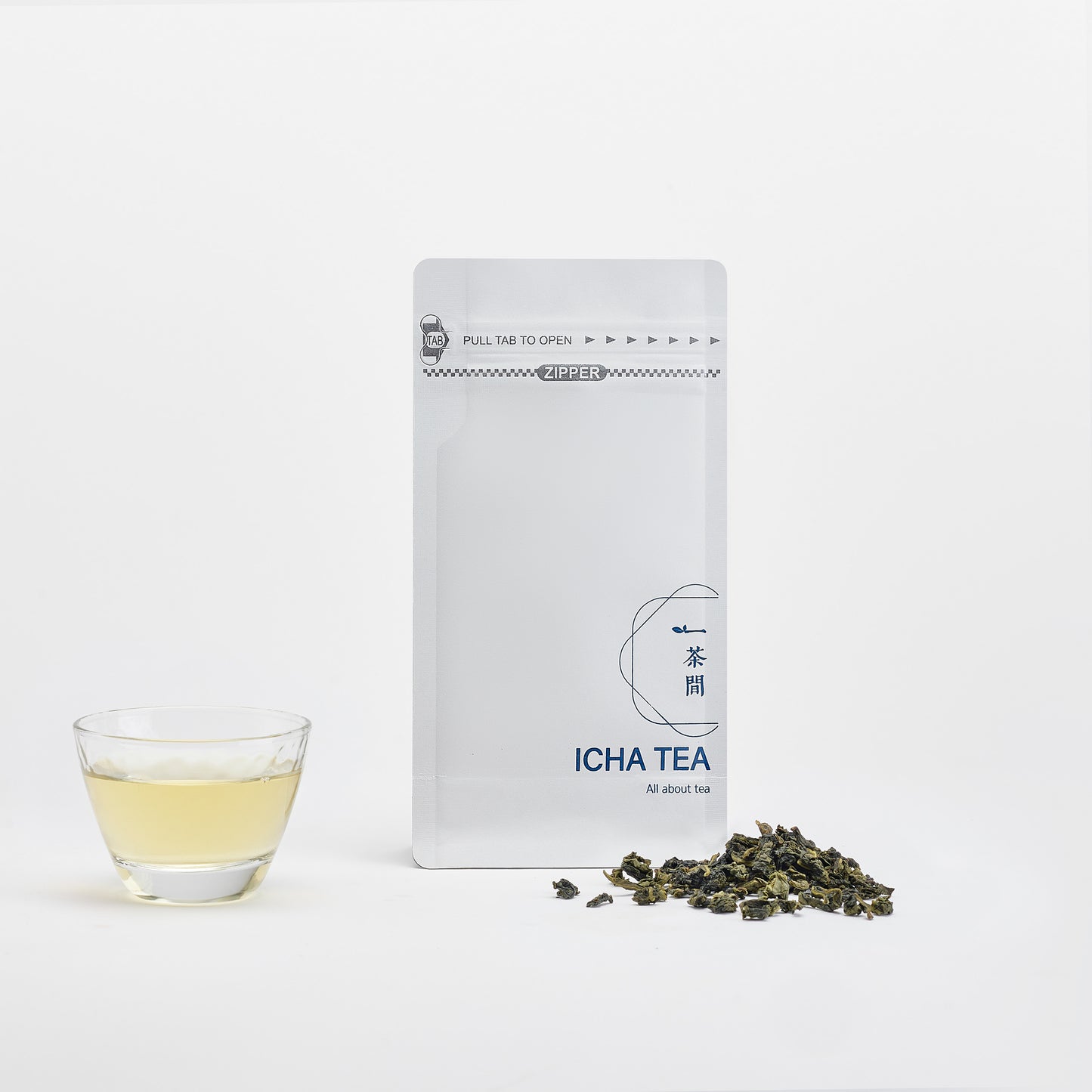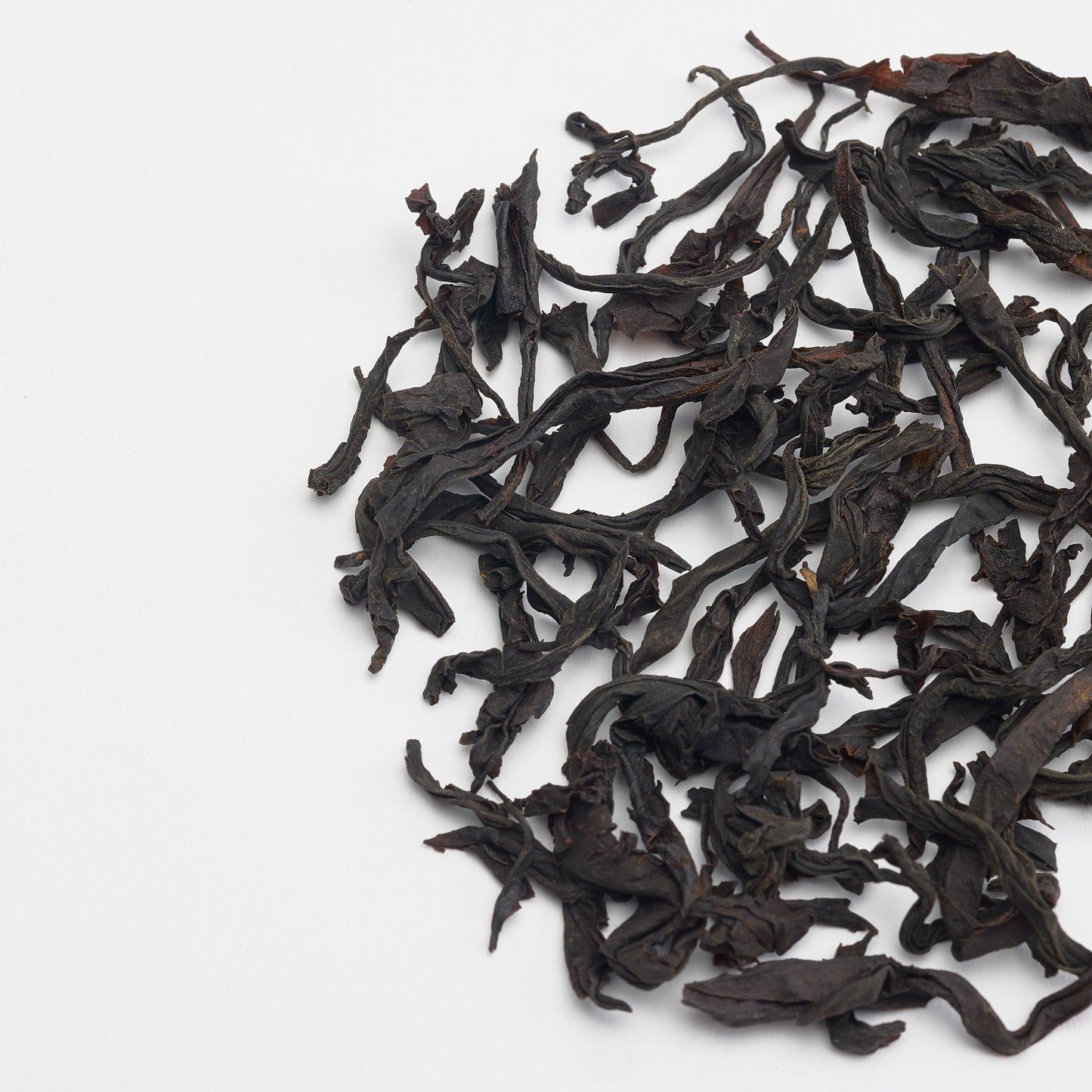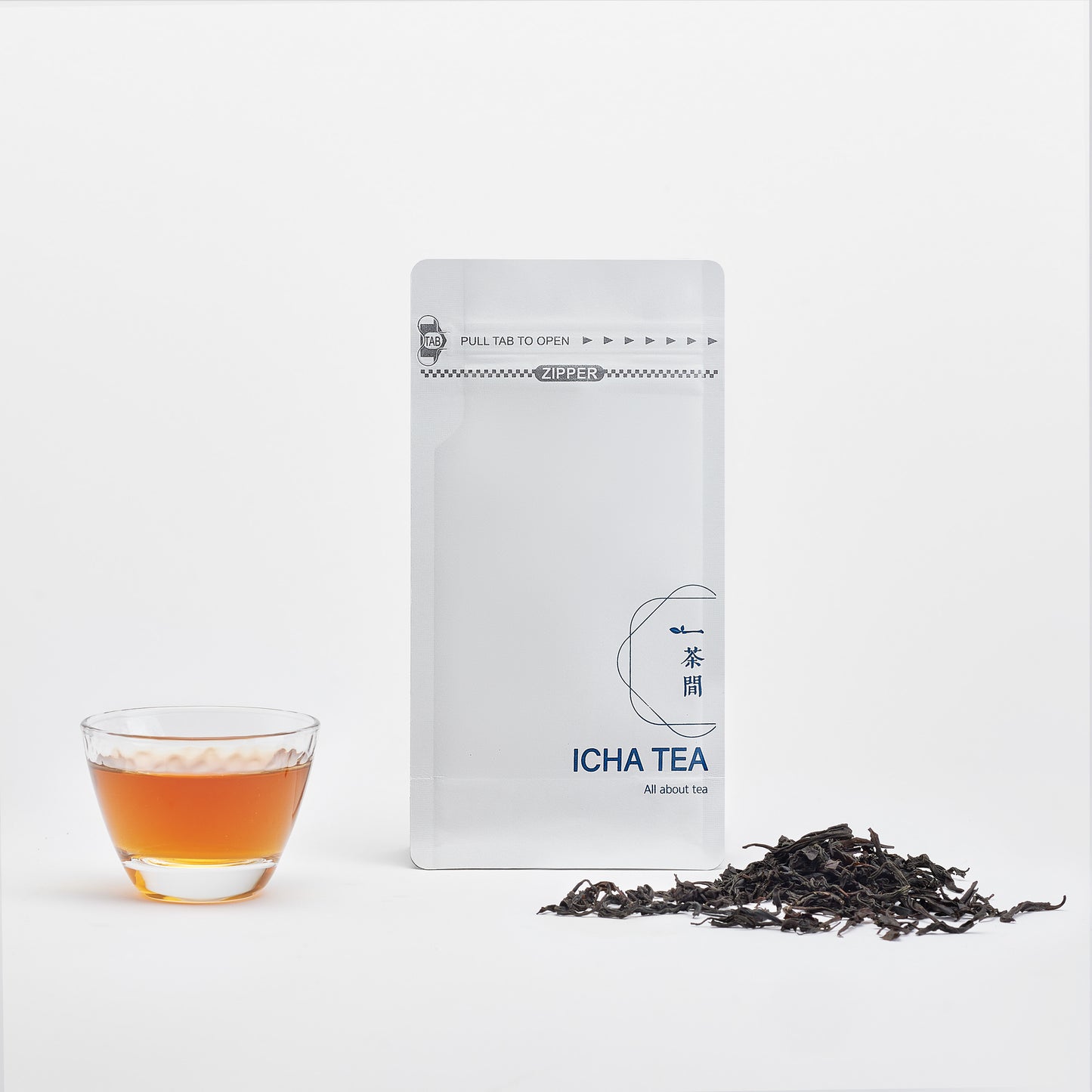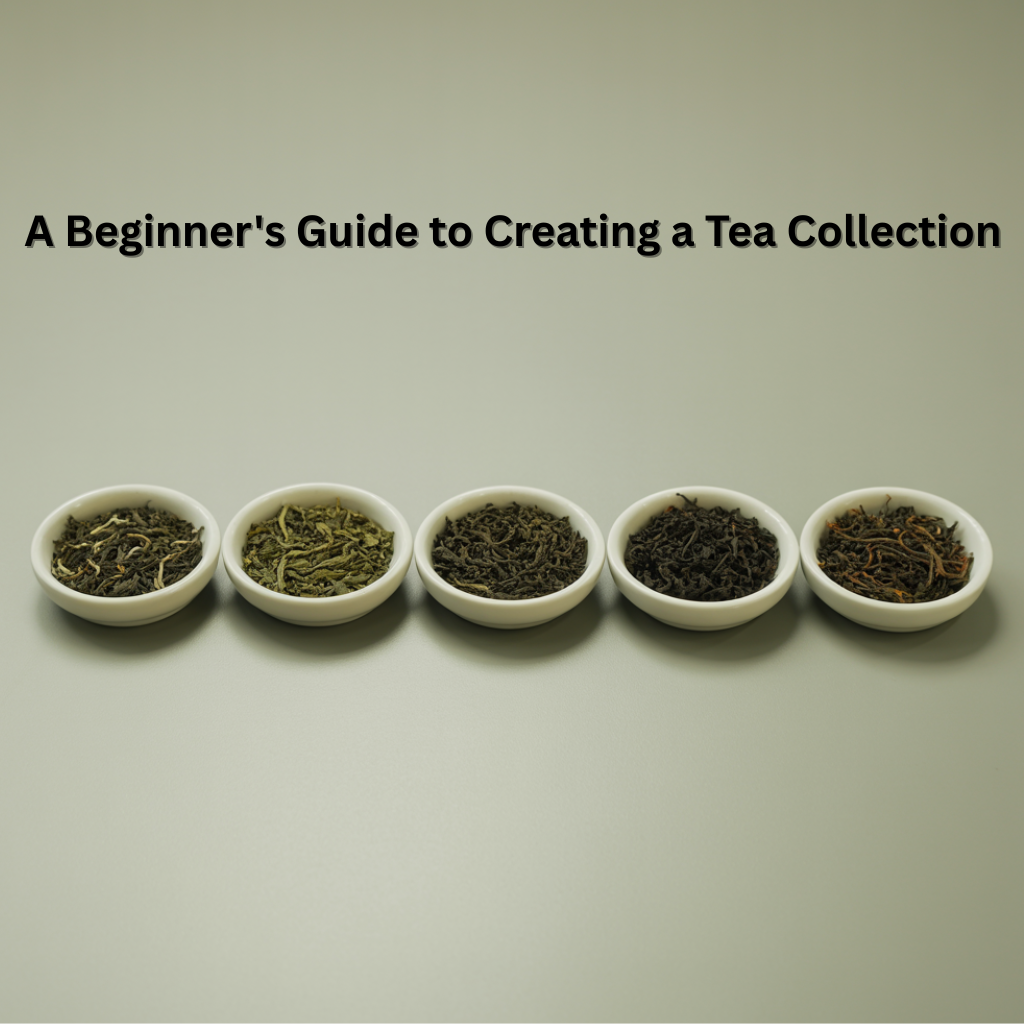
The moment you replace your ordinary tea bag with your first loose-leaf green tea, you realize you've been drinking shadows all your life. What you thought was tea was merely a distant echo of the real experience like comparing a photograph of a garden to standing among the flowers themselves.
This revelation awaits every tea drinker who ventures beyond mass-produced tea bags. Loose-leaf tea opens an entirely different world where each leaf tells a story of its origin, season, and craft. These whole leaves carry treasures that have inspired poets, shaped trade routes, and created connections across cultures for millennia.
At ICHA TEA, we believe exploring authentic tea should feel like an exciting discovery, not an overwhelming challenge. Whether you're curious about a delicate Pre-Qing Ming green tea or a robust roasted oolong, this guide provides the foundation to begin a collection that transforms daily rituals into meaningful experiences.
This article will explore the essential teaware, basic knowledge, and first teas that can start you on the path from casual drinker to enthusiast.
Getting Started With The Essential Tools
The Basic Setup
Transitioning to loose-leaf tea doesn't require an elaborate investment. To begin your journey, you'll need just a few simple items:
-
A Tea Infuser or Strainer: This is your most important tool, replacing the function of tea bags by holding the leaves while they steep. Options range from simple basket infusers to elegant stainless steel strainers.
-
A Reliable Kettle: While any kettle works for boiling water, one with temperature control offers precision for different tea varieties. If that's not available, you can simply let boiling water cool for a minute or two before steeping more delicate teas.
-
Quality Water: Often overlooked, water quality significantly impacts tea flavour. Filtered tap water is ideal and try to avoid distilled water as it lacks minerals that enhance tea's taste.
-
A Measuring Tool: A teaspoon works well for beginners. Generally, use 1 heaped teaspoon (2-2.5g) per 8oz cup, adjusting to taste as you gain experience.
Beyond the Basics (Optional)
As your interest grows, you might consider adding:
- A small kitchen scale for precise measurements
- A gaiwan or small teapot for Chinese-style brewing
- A dedicated tea journal to track your preferences
Basic Steeping Technique
Western-Style Brewing
Most beginners start with Western-style brewing. It is a straightforward method perfect for daily tea enjoyment:
- Heat water to the appropriate temperature (see our temperature guide below)
- Place 1 teaspoon of loose-leaf tea per cup in your infuser
- Pour water over the leaves
- Steep for the recommended time
- Remove the infuser and enjoy

Temperature Guide
-
White Tea: 160-180°F (70-82°C) or boiled water cooled for 8-10 minutes
These delicate leaves require the lowest brewing temperature to preserve their subtle sweetness and prevent astringency.
. -
Green Tea: 170-180°F (76-82°C) or boiled water cooled for 5-7 minutes Cooler water protects the fresh, vegetal characteristics of green tea and prevents the astringency that can result from too much heat.
-
Oolong Tea: 180-195°F (82-90°C) or boiled water cooled for 3-5 minutes This medium temperature range allows oolong's complex flavours to develop while maintaining a balance between its floral and toasty notes.
-
Black Tea: 200-212°F (93-100°C) or freshly boiled water The higher oxidation level of black tea requires near-boiling water to fully extract its rich, robust flavours and pleasant malty characteristics.
-
Pu-erh Tea: 200-212°F (93-100°C) or freshly boiled water The fermented nature of pu-erh can withstand high temperatures, which help release its earthy depth and unique aged qualities.
-
Herbal Tea: 212°F (100°C) or rolling boil. Since herbal teas aren't actually tea but dried herbs, flowers, and fruits, they benefit from the highest temperature to fully extract their flavours and beneficial compounds.
Western Style Infusion Steeping Times
-
White Tea: 3-5 minutes Staying within this window captures white tea's subtle sweetness; oversteeping can draw out excessive tannins leading to astringency.
-
Green Tea: 2-3 minutes Brief steeping preserves green tea's fresh character. Going longer risks releasing bitter compounds that can overwhelm its delicate vegetal notes.
-
Oolong Tea: 3-5 minutes This range allows oolong's complex profile to develop fully. Many oolong's can be steeped several times increasing the steeping time by 30 seconds each time. Exceeding it can create an unpleasantly strong brew with diminished floral qualities.
-
Black Tea: 3-5 minutes Proper timing extracts rich flavour without excessive astringency. Oversteeping results in a harsh, mouth-drying experience that masks nuanced notes. Your mouth will feel a little like sandpaper.
- Pu-erh Tea: 3-5 minutes (can be steeped multiple times, adding 30 seconds each round) While pu-erh is more forgiving, extended first steepings can still produce an overly intense flavour that masks its earthy complexity.
Starting Your Tea Collection: What to Try First
The world of loose-leaf tea can seem overwhelming with its variety. We recommend beginning with a few of the varieties below:
White Tea: Subtle Elegance
White tea offers a gentle introduction to loose-leaf tea with its subtle sweetness and minimal processing.
-
Silver Needle White Tea: The most prized white tea, featuring downy silver buds with notes of honey and fresh hay.
-
White Peony Tea: A wonderful entry point with a balanced profile of floral sweetness and mild earthiness.
Green Tea: Fresh and Vibrant
Green tea demonstrates how loose-leaf quality dramatically outshines tea bags in freshness and nuance.
- Snow Jasmine Green Tea: A fragrant jasmine-scented tea that's approachable yet authentically Chinese.
-
Long Jing (Dragon Well): China's most famous green tea with its characteristic flat leaves and chestnut-like flavour.
Oolong Tea: Complexity in a Cup
Oolong teas offer fascinating complexity, ranging from lightly oxidized to heavily oxidized varieties.
- Iron Buddha (Tieguanyin): A traditional oolong with floral and mineral notes.
- Milk Oolong: Known for its creamy, buttery notes that make it exceptionally approachable for beginners.
-
Big Red Robe (Da Hong Pao): A roasted oolong with deep, rich flavors of dark fruits and cocoa.
Black Tea: Familiar Territory Reimagined
Most tea drinkers are familiar with black tea, but loose-leaf varieties reveal a depth that tea bags simply cannot match.
- Yunnan Dian Hong Black Tea: A golden-tipped black tea with honey and malt notes.
-
Jin Jun Mei (Golden Eyebrows): An exquisite black tea comprised of golden buds with chocolate and fruit notes.
Pu-erh Tea: Ancient Wisdom in a Cup
Though often intimidating to beginners, starting with the right pu-erh can be a revelation:
- Tangerine Pu-erh (Qinggan): The citrus notes make this an accessible introduction to fermented tea.
-
2014 Pu-erh Tea Cake (Raw/Sheng): A moderately aged raw pu-erh with bright complexity.

Evolving Your Practice: Next Steps
As you become comfortable with basic brewing, consider exploring these next-level approaches:
Mindful Tasting
Develop your palate by focusing on these elements:
- Aroma: Both the dry leaf and the steeped tea
- Flavour: Initial taste, mid-palate sensations, and aftertaste
- Mouthfeel: The texture of the tea (smooth, astringent, thick, etc.)
-
Visual: The color of the brew and the unfurled leaves
Gong Fu Brewing
This traditional Chinese tea preparation method uses a higher leaf-to-water ratio with multiple short infusions, revealing how tea flavours evolve across steepings. Perfect for oolongs and pu erhs, this method offers a deeper, more complex tea experience.
(This article will introduce you to the traditional gongfu method for preparing tea)
Common Beginner Questions
Q: How much loose-leaf tea should I purchase to start?
Begin with sample sizes (10-25g) of several varieties to discover your preferences before committing to larger quantities.
Q: How should I store loose-leaf tea?
Keep tea in airtight containers away from light, heat, moisture, and strong odors.
Q: Can I reuse loose tea leaves?
Yes! Many quality teas, especially oolong and pu erh, can be infused multiple times, with each steeping revealing new dimensions of flavour.
Begin Your Journey
The transition to loose-leaf tea is more than just an upgrade in flavour! It is an invitation to slow down, engage your senses, and connect with centuries of tradition. Start with familiar tea types, experiment with brewing methods, and most importantly, trust your own preferences as they develop. The main goal is to find your personal style and enjoyable way to prepare loose tea.
At ICHA TEA, we're excited to be part of your journey into the world of authentic loose-leaf tea. Have fun building your tea collection!

